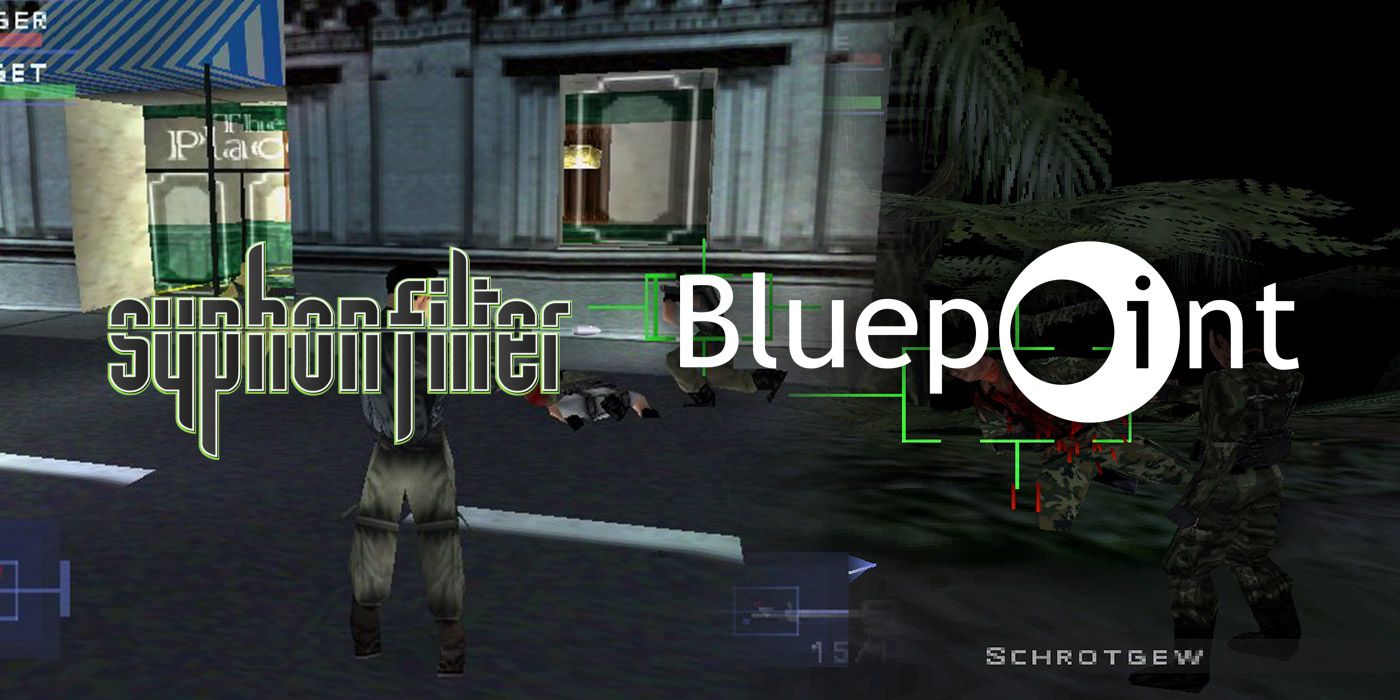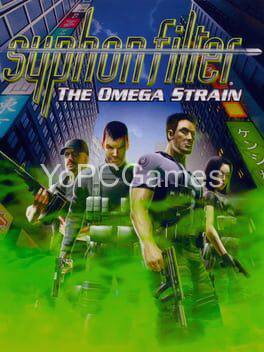

His heroes work best in the shadows, silent silhouettes bent toward espionage but those shadows are cast by larger, more resplendent heroes. You can trace the contours of Logan’s influence throughout the rest of Garvin’s work. His face, which looks in the first Syphon Filter like a cricket bat scrawled with felt tip features, would evolve over the years by the time Syphon Filter: Dark Mirror was released, for the PSP, he came to resemble a late-career Pete Sampras, his face dark and deeply lined from one too many clay court rallies with Rhoemer.

Despite a later mission that boxes him into a tuxedo, he lacks Bond’s leisurely charm, the inclination to walk, not run, and the handsomeness. Garvin revealed, in an interview on the PlayStation Blog, that GoldenEye 007, for the Nintendo 64, was the chief influence on Syphon Filter’s design, imbuing it with breezy thrills and throwaway action.īut Logan could never be Bond. He never walks, and he never tires it’s the game that breaks a sweat, the frame rate huffing and puffing at his heels. (There’s no option to open the doors normally.) It’s as if Gabe knows his every move might be cut and clipped into a trailer. (In a fiendish touch, if you keep the button pressed, you can jolt them into flames: a moral choice wrapped in a quick mechanic, tempting you to cruelty as you see the smoke begin to rise.)Īnd look at the way Logan runs, an endless heaving dash that carries him, in that first mission, through the plate glass doors of a hotel. Your taser – which has unlimited range – triggers a close-up, framing your foe convulsing with shock. The lock-on is slick and quick to snap between targets the strafe is a sprint, pinned to the shoulder buttons and you change weapons in the flip of a single frame.

The game seems designed with a great white shark in mind: everything streamlined and thrusting forwards. Logan is a man of action, and to play Syphon Filter, even in 2019, is to have your nerves pricked into excitement. And who better to combat such a threat than Gabe Logan, the walking antithesis of talk? Perhaps it’s because Rohmer’s films are filled with talk, with cigarettes and cafes in short, they are unbelievably French, and, as such, constitute a clear and present danger to the American way of life. Or is it? It strikes me as an oddly specific name for the game’s writer, John Garvin, to have chosen for his villain. The threat in question is orchestrated by the game’s villain, one Erich Rhoemer – not to be confused with Éric Rohmer, the French filmmaker, who directed Rendezvous in Paris and Love in the Afternoon. Short of having the Capitol Building squat on the skyline, there isn't much more you could do to emphasise the threat to national security. The opening mission takes place on the streets of Washington D.C., and we’re greeted with a vision that could have been culled from the final act of a Roland Emmerich picture: neatly trimmed roads crammed with smashed cars, curtains of flame drawn across blind alleys, and armed heavies trickling out the woodwork like termites. Two elite special operations field agents, Gabe Logan and his partner Lian Xing, are dispatched to scrub the threat clean, like a bloodstain from a starched white shirt. The name actually refers to a virus that’s been tinkered and tailored by the hands of a terrorist cell.

Everything else in the game is as clear and black as night. The only thing about Syphon Filter with any ambiguity is its title – which, 20 years after its original release, still sounds like something that you would put in a fish tank.


 0 kommentar(er)
0 kommentar(er)
